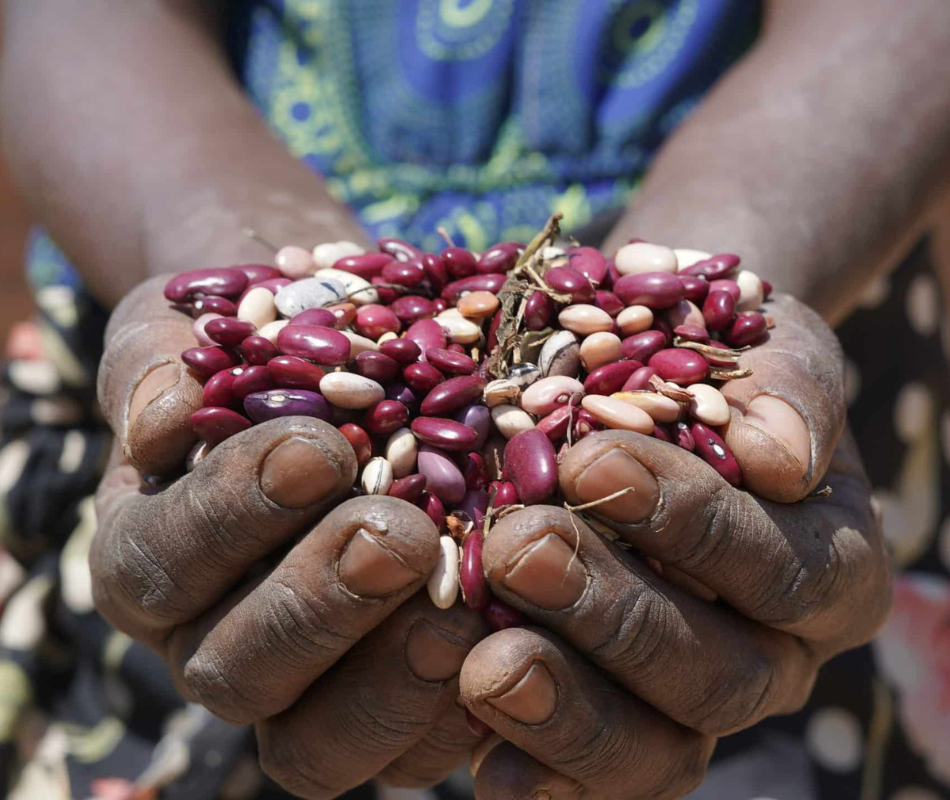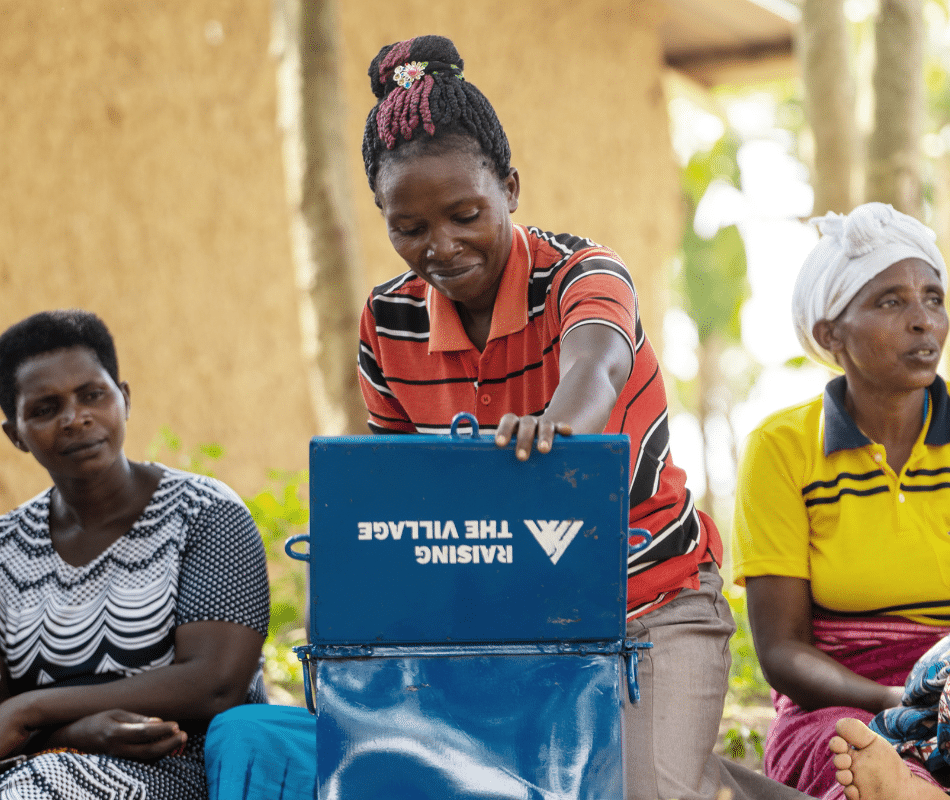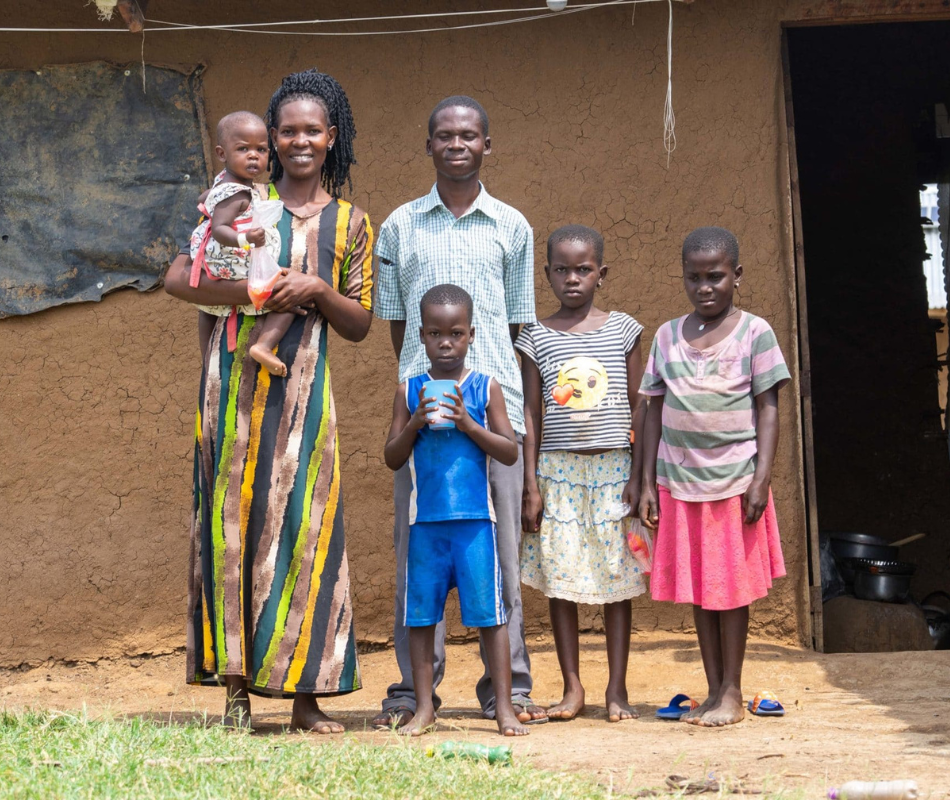Advanced Data Analytics
Advanced analytics informing program planning, implementation, and impact measurement
Operating at the intersection of on-ground implementation and data-informed development, Raising The Village developed Project Venn to unlock technology and advanced data analytics and transform how organizations allocate time and resources for development. Using advanced tools and frameworks built by our in-house Planning, Learning, and Evaluation (PEAL) team, Project Venn enables us to track, analyze, and prioritize key metrics with a clear path to maximizing impact. This helps us make real-time program adjustments, provide stakeholders with meaningful reporting, make informed investment decisions, and ultimately have a deeper, more sustainable impact.
Integrating behavioural sciences with our advanced data analytics also helps us maximize impact and empower our communities to make evidence-based decisions consistent with their long-term goals, with a higher chance of success. This work has been instrumental in helping us fulfill our mission of reaching last-mile communities living in ultra-poverty and implementing cost-efficient programming with tangible results and solutions that are replicable and scalable.
Read more about the vision: Project Venn.
How We Measure Impact
Through the Difference In Differences, or DID, approach, we examine the true impact, which compares the changes in outcomes over time between Partner communities (treatment group) and Peer communities (control group).
For topline impact analysis, we follow the Longitudinal Study research design, under which the same samples are followed for the entire period of five years from baseline.
To ensure we are reaching and impacting the most vulnerable and to understand the category of income earners where our impact is felt most, RTV also carries out a Heterogeneity Study by cohorts at the village level. The villages for Partner and Peer communities are separated into four equal groups (quartiles) by applying daily household income plus earnings as a variable at baseline.
Full-Cycle Data Collection
Village Census – During program inception, we conduct a community-wide census of households validating key demographics to enable adequate random sampling.
Community Baseline Survey (CBS) – To establish a baseline to measure progress against Community Baseline Survey helps us understand critical infrastructure (water points, schools, markets, road network) alongside community and focus group sessions on prioritized needs, goals, and programmatic design.
Annual Household Surveys (AHS) – The AHS collects household data points to understand income, assets, consumption, time use and quality of life indicators at the household level. These surveys are completed annually, both for Partner and Peer Groups, from month 0 to 24 to evaluate the impact and up to month 60 months to assess sustainability and growth of impact.
Activity Progress Reporting & Household Check-ins – Throughout the duration of the program, our team collects information during household visits and implementation activities to understand program participation and adoption. This information is collected through digital tools that are used to track progress, troubleshoot, and forecast expected outcomes.
Standard Evaluations (SE) – At months 6, 12, 18, and 24, we conduct lengthy, more formal Standards Evaluations to assess progress within each village, applying a randomized sample set to determine household-level adoption.
Data Collection Protocols and Quality Assurance
Field data is collected electronically using Survey123, SurveyCTO, and custom-built applications programmed with logical flow and consistency checks. These include flags for erroneous entries, mandatory time for entry, speed violation checks, and prompts for response variances compared to the standard deviation of survey responses.
Additional measures such as Household Surveys being unlocked by GPS satellite coordinates, hiring and training independent contractors as enumerators, and back checks are some of the strategies in place to ensure real-time, thorough, and accurate data collection.
All individuals conducting RTV-related data collection work, including RTV officers, undergo extensive training by PEAL teams on our tools and methodologies and follow our established data privacy and protection protocols.
Read our Community Data Collection Privacy Policy
Strategic Partnerships
Thanks to Esri, a world leader in geographical information systems (GIS), who has provided our team with ArcGIS, we’re able to map our partner communities and locate key points, including water, schools, healthcare centres, and roads. This helps our team map the best routes to reach last-mile villages and run analytics that helps us maximize our support and impact before we’ve even set foot in the village.
With support from Alteryx, we’re able to bring in baseline data and real-time implementation information to track the progress of every one of our active partner villages. This helps our field managers hone in on community progress on the path to success. Building on every graduate partner village’s experience and progress, we’re able to use the data we collect to find key relationships and program leverage points and predict design outcomes to maximize our program impact with future partner villages.
Third-Party Evaluation
To independently evaluate and validate our program impact, a Randomized Control Trial was launched with Dr. Riley, University of Washington, and Dr. Mahmood, University of Exeter, in 2020 and will continue through 2024.





